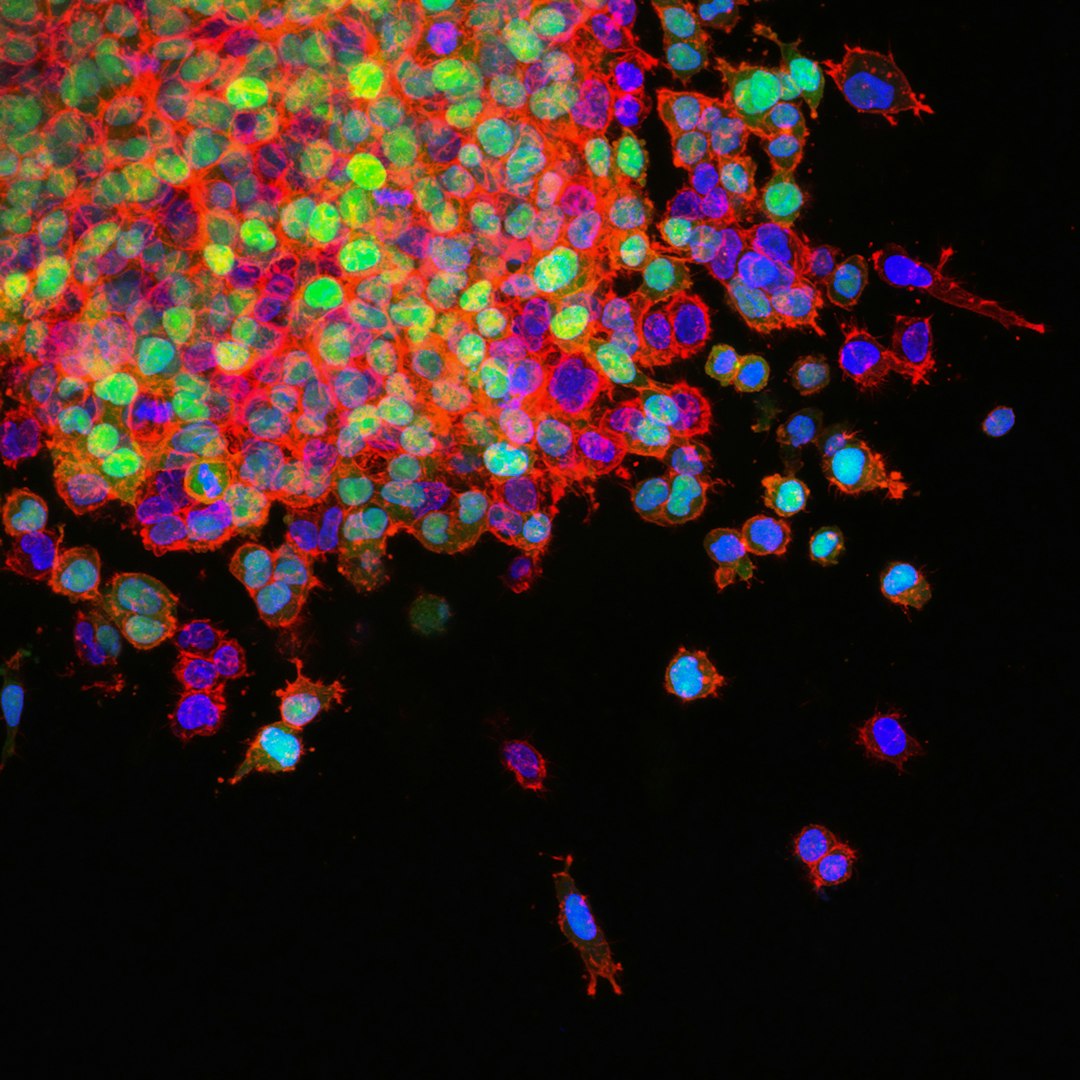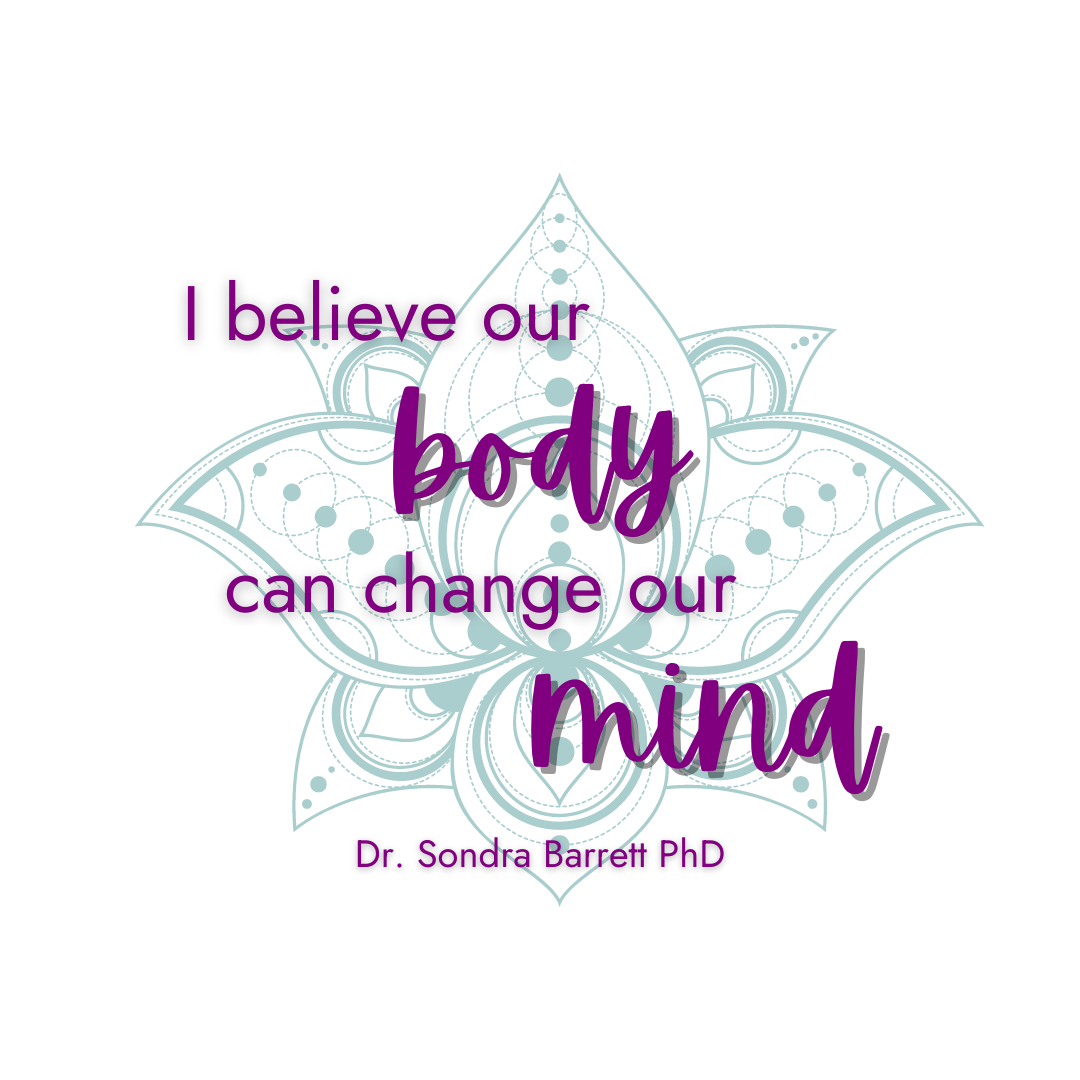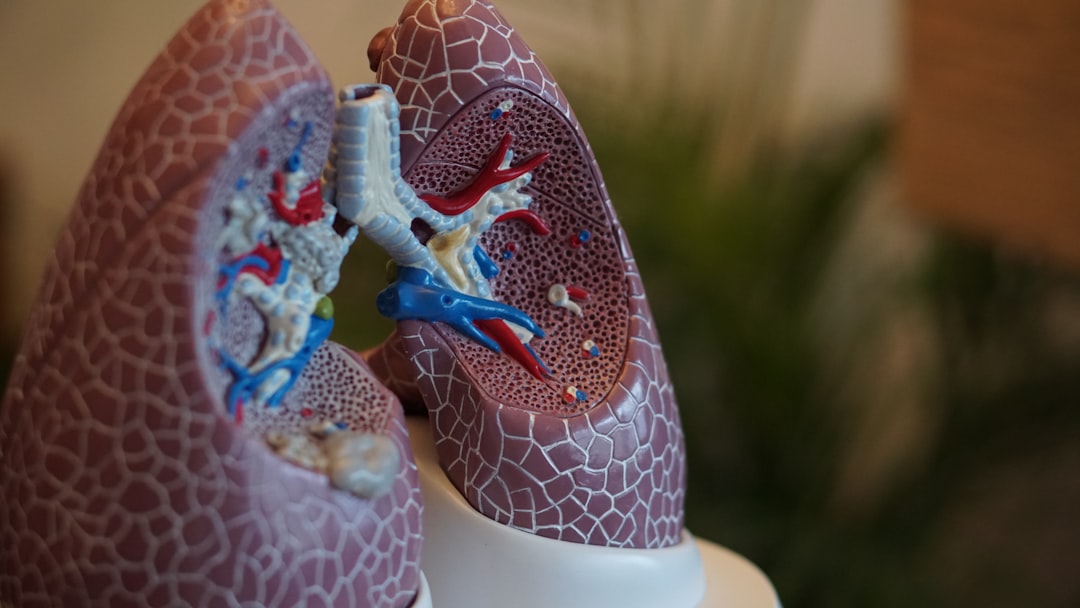What do our CELLS know?

Photo by National Cancer Institute on Unsplash
What is cellular intelligence?
Biological science traditionally looks at cells as inanimate objects, like rocks or your dirty shoes sitting by the front door.
Modern medicine was propelled forward when cadavers were able to be studied; it brought us a great understanding of the mechanics of the human body, however, the drawback was that there was no life to it. By the time a cadaver is studied, life has left. Consciousness played no role, so it was generally accepted that the brain somehow created a consciousness that then died off when the body died.
When you take a closer look at cells, they have a few key characteristics that challenge this paradigm...
- Cells can recognize danger.
- Cells can communicate with one another.
- Cells can translate information into action.
- Cells produce energy.
These few characteristics give evidence of intelligence. When a cell receives a signal and is able to respond, that is certainly a lot more than a rock or your shoe is able to do.
The Cytoskeleton.
The cytoskeleton is the structure that maintains the shape and internal organization of a cell and helps it carry out functions like division and movement. It’s sort of like the connective tissue or fascia of your cells.
The cytoskeleton also responds to information that the outside receptors get. It used to be seen as just a useless “jelly” substance, but modern scientists are realizing that the cytoskeleton is so much more important than that.
One component of the cytoskeleton is called the microtubules, which are a type of filament made up of a protein called actin. In muscle cells, actin plays a huge role in making your muscles move.
Some scientists actually believe that consciousness can be found in the microtubules of cells. This theory was corroborated by the discovery that quantum vibrations were found in the microtubules of brain neurons. (Procedures like anesthesia freeze the microtubules, which appear to mute consciousness).
While these studies have looked mostly at brain neurons, researchers like Dr. Sondra Barrett Ph.D. teach us that microtubules exist in all cells. If cells show characteristics of intelligence and contain microtubules, perhaps consciousness exists in every cell in the body.
Dr. Barrett explains that the cytoskeleton is like the connective tissue of the cell. It changes shape and tension and has three physical states: Stretch, attach, and let go.
(When I was in massage school, my wise teacher once said, “muscles are real dumb, all they do is expand, contract, and freak out").
When cells let go of attachment, they express themselves differently.
Epigenetics is the idea that if genetics loads the gun, our lifestyle pulls the trigger, so to speak. Genetics isn’t a sentence to how our health is going to play out. Genes might make us more susceptible to certain things, but it’s the environments we live in, the choices we make through life, how we take care of ourselves, and how we manage our thoughts that determine if that gene will be expressed or not.
“Most major chronic diseases probably result from the accumulation of environmental factors over time in genetically susceptible persons.” - Williams, R.D., New England Journal of Medicine
Our cells respond to our state of being. If we are stressed, our cells can stay in the attached state, and if we are relaxed, our cells let go as well.

Movement changes your cells.
Body postures can change both the mind and the brain. Exercises like yoga, tai chi, stretching, and walking make a difference in how you feel.
Posture is a much easier thing to change than stress levels, but changing your posture has been shown to affect how you handle stress.
This is because mechanical responses are faster than hormonal or molecular responses. Because body and mind are so intrinsically connected, starting with simple changes in the body can have subsequent positive effects on the mind.
Working on changing your posture, such as mindfully sitting up straighter, strengthening your back, and stretching your pectoralis muscles can eventually affect how you handle stress and even as far as how depression affects you.
Movement changes the cytoskeleton of your cell, which we discussed earlier. The cytoskeleton can sense forces and transform mechanical signals into cellular responses in the genes and your cells.
Dr. Barrett suggests bringing your cells for a walk. Walking is one of the more underrated forms of movement and exercises out there. It has helped countless people tackle obesity and obesity-related illnesses like diabetes. It’s a simple form of movement that also affects us on a cellular level, positively affecting our gene expression.
Cells respond to vibrations.
If you’ve ever had a sound bath or listened to binaural beats, you probably have felt the effects of sound vibrations on your psyche, at least.

Vibrations are fundamental to all matter. Each atom in your body responds to vibrations. Your sympathetic nervous system responds to sound vibrations and the frequencies your brain emits synchronize.
Did you know that if you put two grandfather clocks in a room, their pendulums synchronize?
According to Dr. Barrett’s research, the cytoskeleton of your cell responds to energy, vibrations, and sound. She compares our cells to stringed instruments: When you pluck one string, the nearby strings begin vibrating, as well. Sound healing, and even listening to binaural beats, are a bit like retuning the energetic frequencies of our bodies using the vibrations of sound.
Even humming creates vibrations that our cells respond to...
Jonathan Goldman, a sound healer who wrote the book The Humming Effect, documents the research on what five minutes of humming can do to improve your health: It reduces stress hormones, and blood pressure, and increases nitric oxide, the molecule that relaxes your blood vessels. Five minutes of humming also increases endorphins, and oxygen, and improves lymphatic circulation which improves immune function.
When you’re meditating, vibrations can be a game-changer in turning off your mind chatter if you struggle with that. Listening to binaural beats, using a sound bowl, or humming mantras like OM can create the sound frequencies that your cells and brain frequencies harmonize with, helping you turn down the volume of your thoughts.
Even laughter and listening to your favorite music can create the frequencies needed to harmonize, let go, and change the tension and biochemistry within your cells.
How to change your cells.
Making mechanical changes to your body is easier than making the mental and energetic changes we all are striving for.
If you have trouble with depression, anxiety, or handling stress, perhaps try to change the mechanical and physical forces in your body first (but also, of course, talk to your doctor, because blogs on the internet aren’t meant to replace real-life, customized medical advice).
But perhaps you do talk to your doctor, or you are just looking for ways to bring down stress and anxiety in life and don’t necessarily feel medical advice is right for your case...
We covered how our cells have their own intelligence and respond to what’s going on around us, including the vibrations we put ourselves in. They’re more than inanimate objects, but deeply intelligent microscopic balls of wisdom that are always just living in the moment (cells are always in the now).
Moving your body changes you on a cellular level. Our cells respond to movement; even a simple walk, or mind-body exercises like yoga and tai chi, can have transformative effects on our cells.
Our cells also respond to vibrations, such as those emitted from sound frequencies like binaural beats or Tibetan singing bowls. Even humming can lower blood pressure, and stress hormones, and relax the blood vessels.
Dr. Barrett makes the argument that cells can let go of attachment when they change shape and tension, which transmits information. Our cells respond to our state of being, whether we are in a relaxed state or a stressed state. When cells relax and let go, our genes express themselves differently.
For more information on Dr. Barrett’s work, check out her website here.












If you enjoyed this article or recipe, please consider giving it a comment! It helps others discover my blog and recipes, and your comments always make my day :) Thank you for your support!
Your email address will not be published. Required fields are marked *
1 comments on What do our CELLS know?
Inre: “They’re more than inanimate objects, but deeply intelligent microscopic balls of wisdom that are always just living in the moment (cells are always in the now).” Everything that lives, lives in the now, and the then and the after. Including cells. Like humans that prepare in advance for food shortages or even just groceries for the week ahead, things that live also “plan” or store-up for the future or immediate future. (Do squirrels store nuts? Sure they do! Are they “unmindful?” I think they are exactly mindful enough: watch them play.) Just so, cells “plan ahead” consistently storing up, or constantly gathering raw materials and producing, a bit more than they need “right now” within their membranes. So, are cells “living in the now” or are they “storing for the future?” Are they producing for only this moment, or for the next and the next? Also it is well known that what happened in the past causes at least some cells to cause production of some things that will protect in the future. Certainly T and B cells do, otherwise we would have no antibodies. It is likely that other cells may also have this ability. How do cells(mitochondrion and DNA) produce the repair-factors needed to make repairs, unless there is a “memory” of what “normal” should be/was in the past? (One cannot repair something with no knowledge of what is wrong and why.) So, are those cells living in ONLY the now? Or are they “remembering/evaluating past events to prepare for future ones?” “Now” is a moment. “Back-then/now/later-on” or past-present-future, is a CONSTANT continuum. For example: By the time I completed that first sentence in the above last paragraph, “now” was already “then” and we are currently looking back at it from what was “later-on” at the time it was written. I hope that makes sense. Cells live not only “in the now” but with past and future “in mind.” And their actions demonstrate this. Otherwise each cell would live only one moment and die with no replication, no future. And thus would we all. I do understand the “mindfulness” idea. Some people are so mentally preoccupied with the past and/or future that they fail to appreciate/relax/breathe in the moment. Each moment. But a philosophical/spiritual idea is not entirely applicable to an actual active cell. Philosophical question: As my neurons fire, stretch, retrieve, produce, send…so that I might attempt to reason and explain to you, and yours do the same to understand me….are they laughing at us? 😄